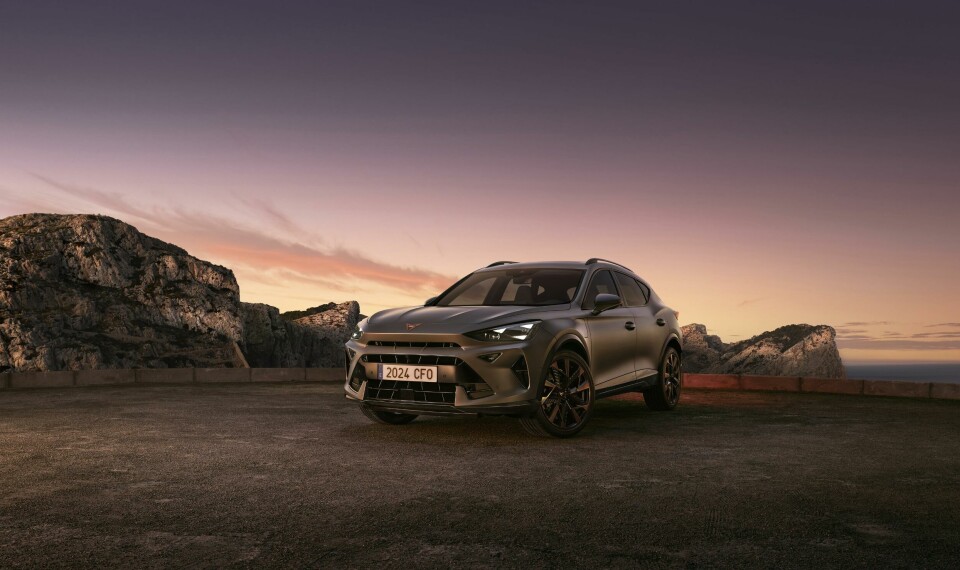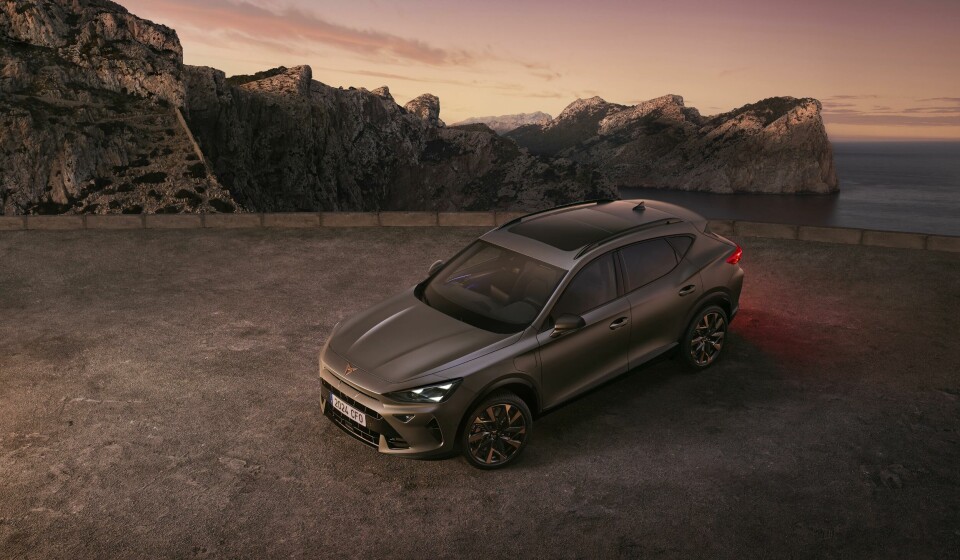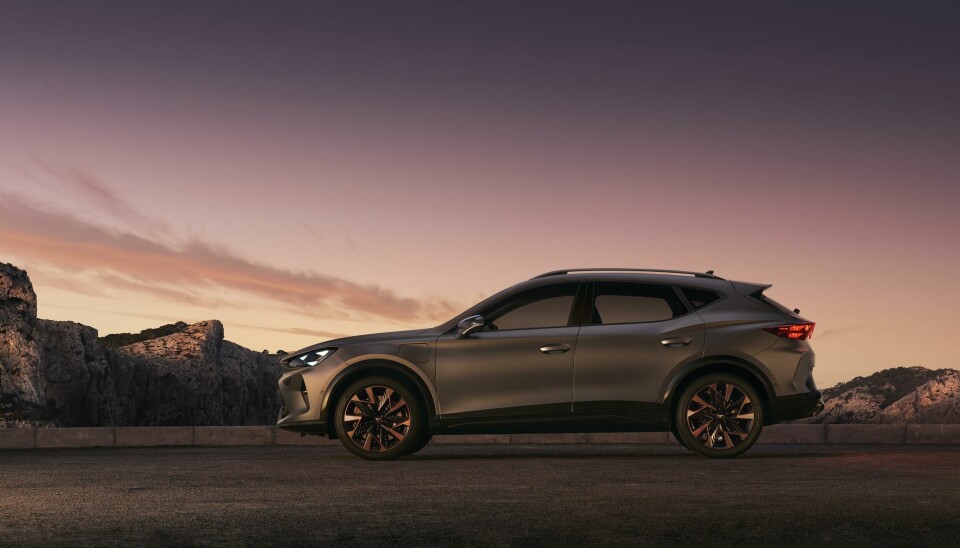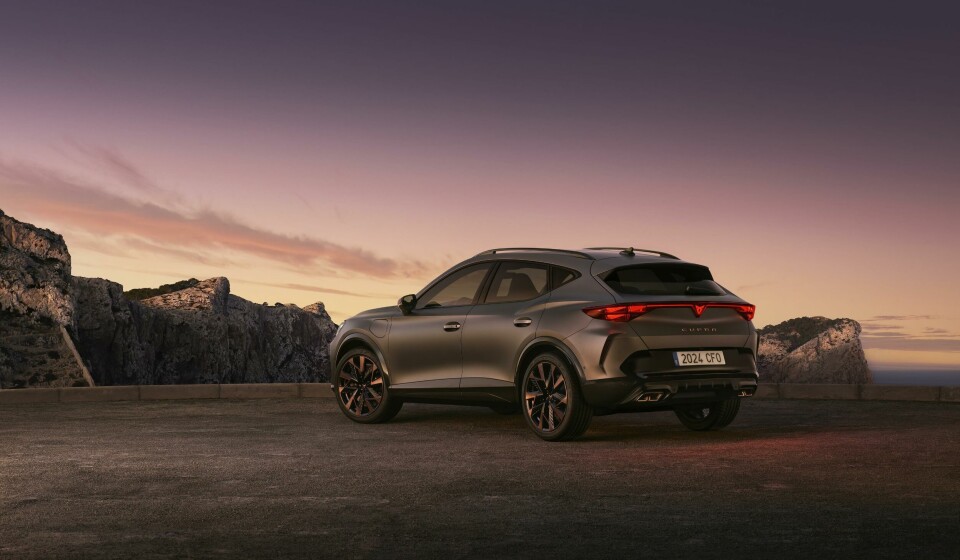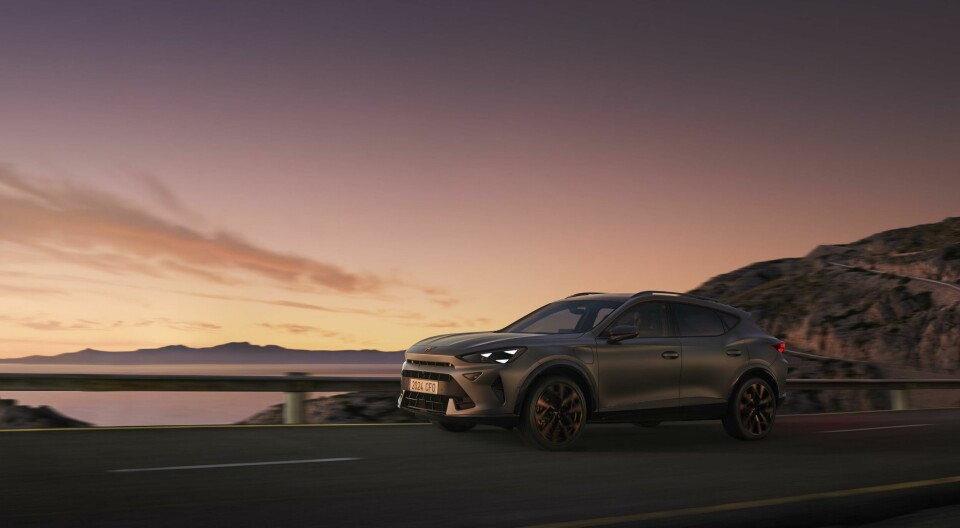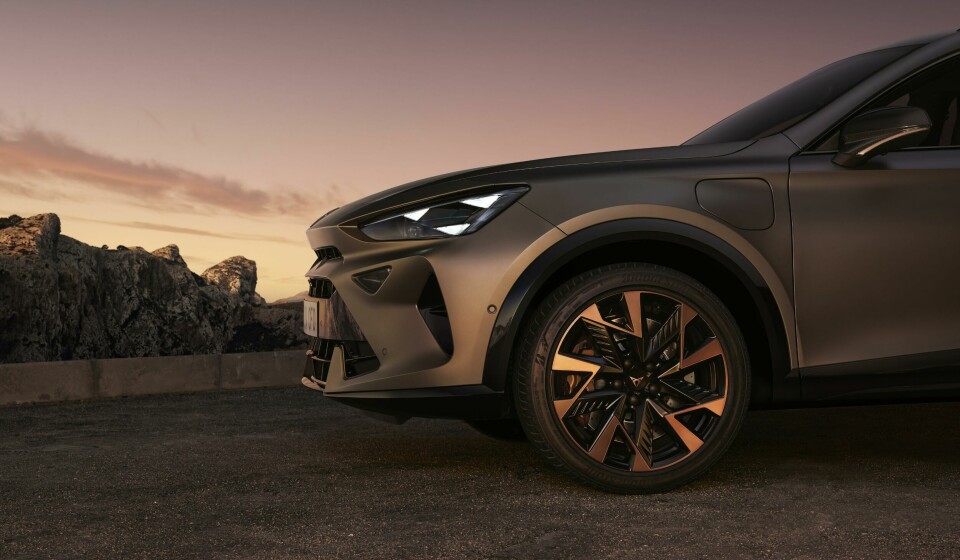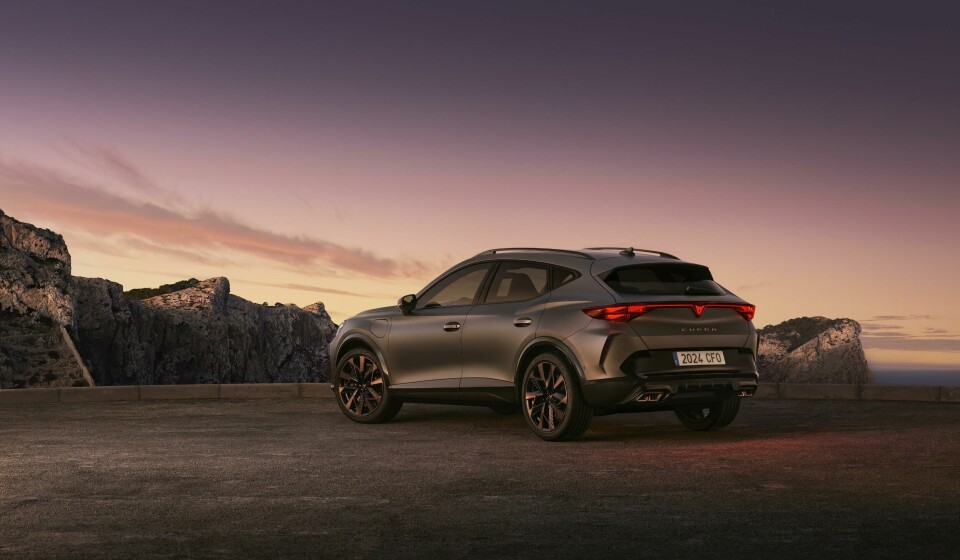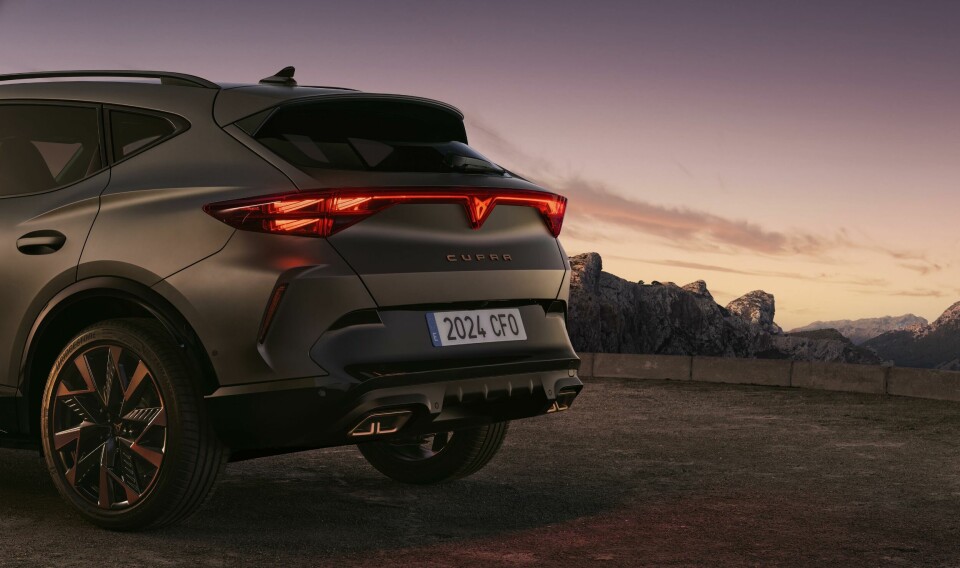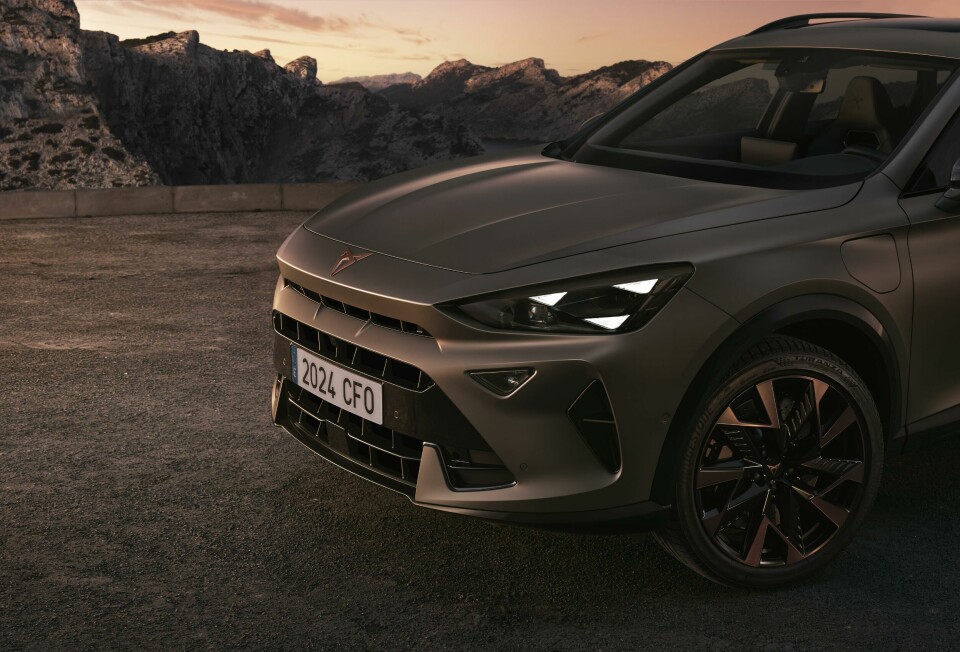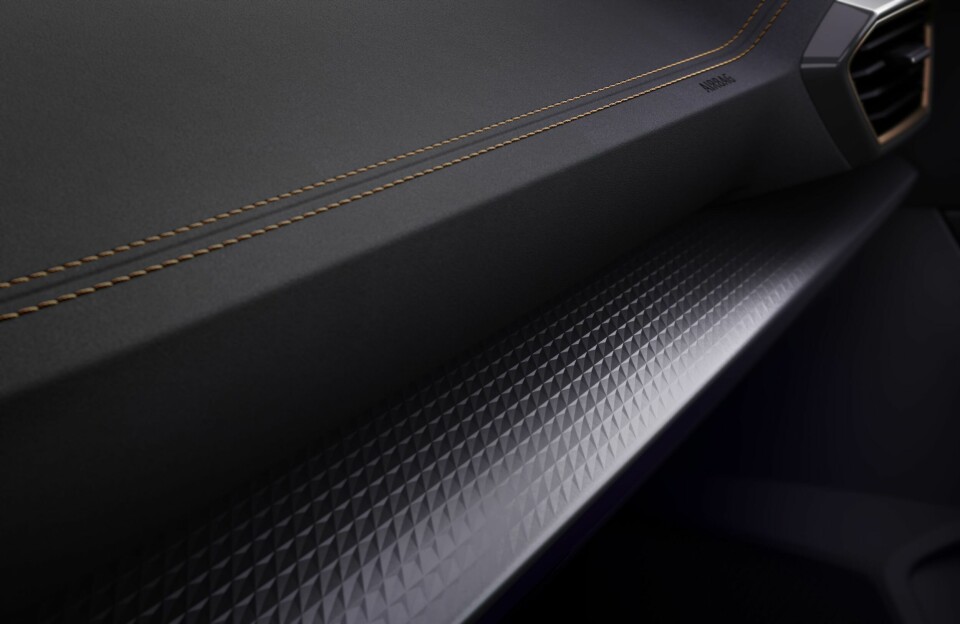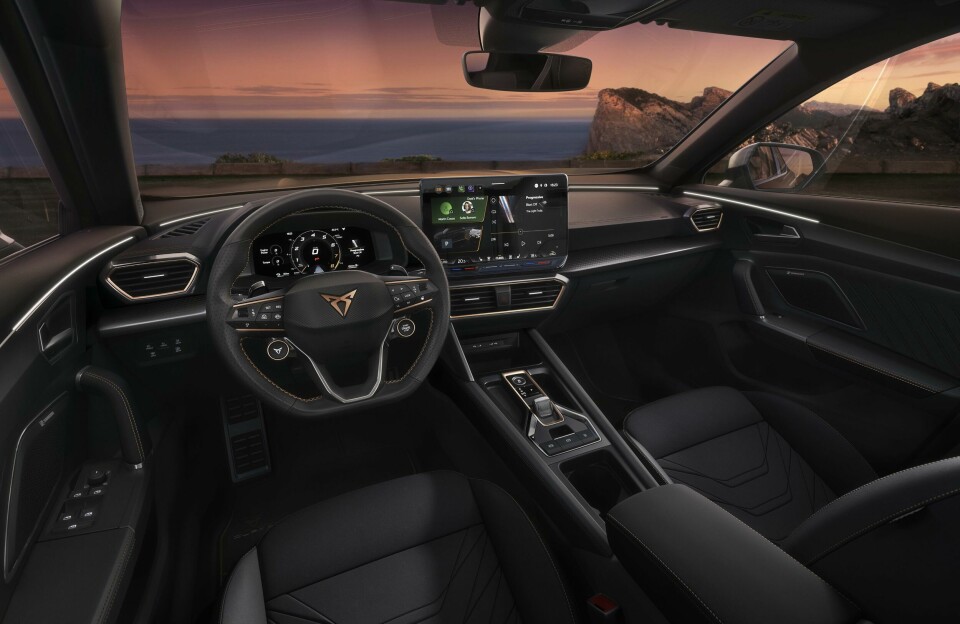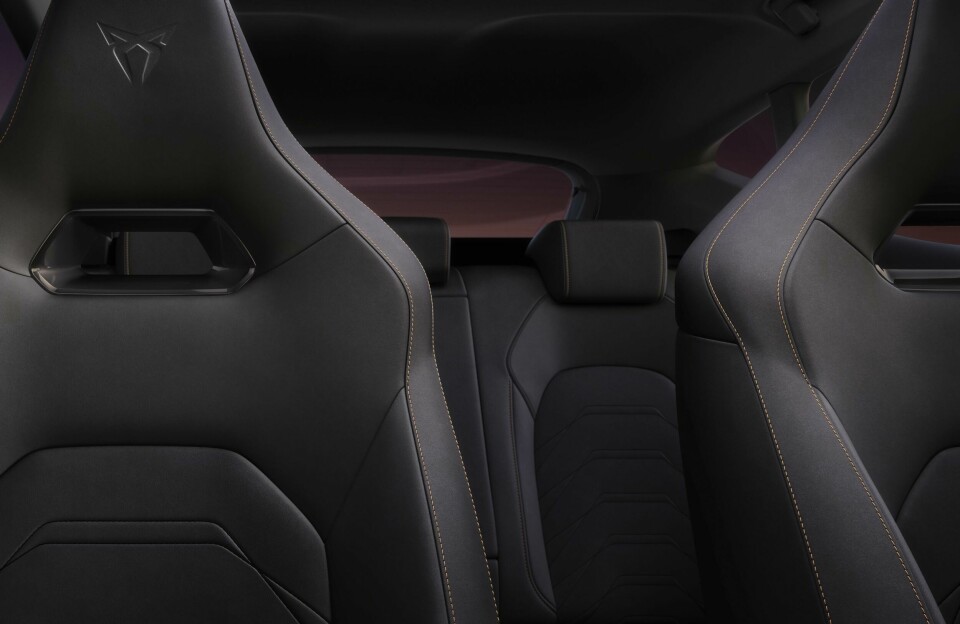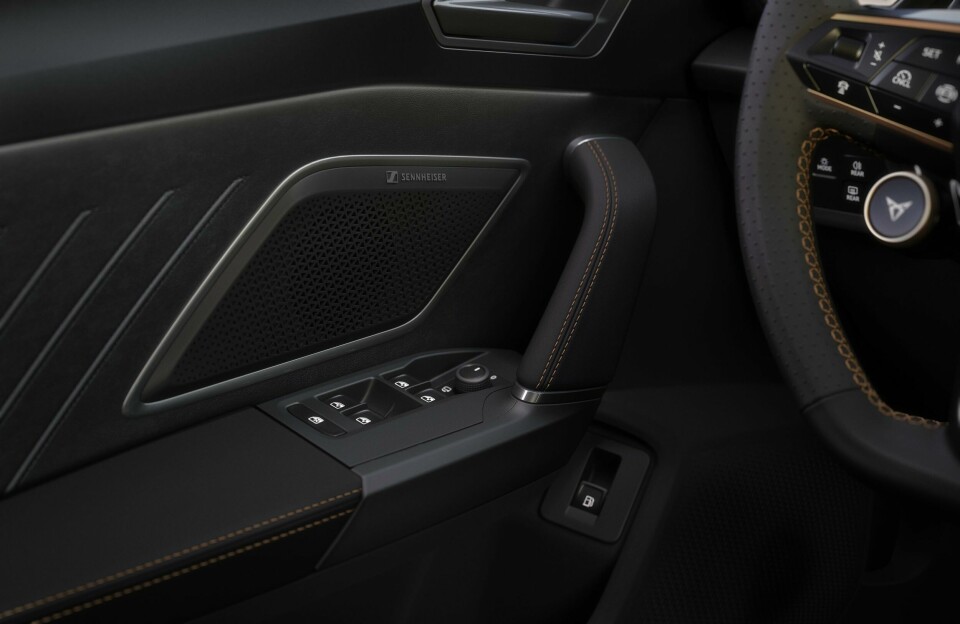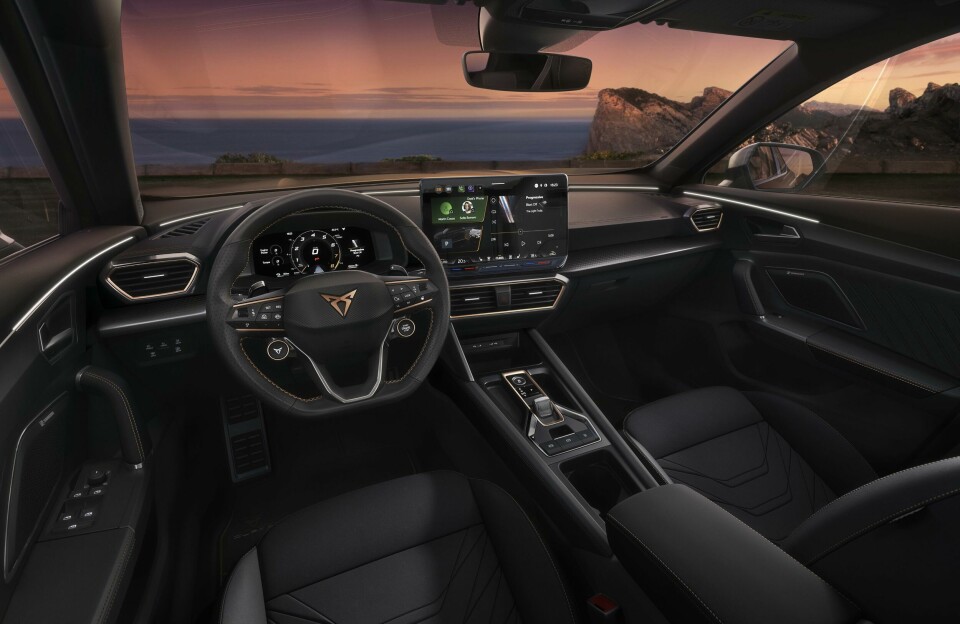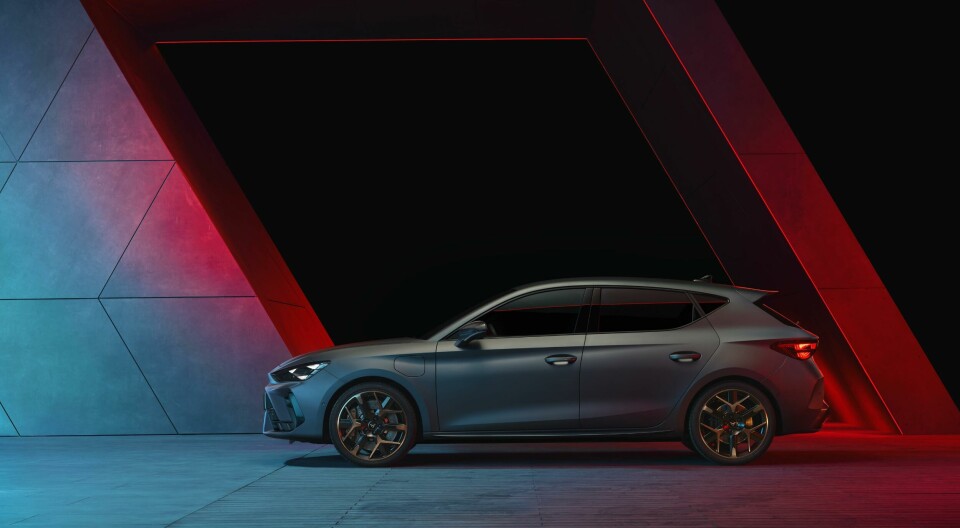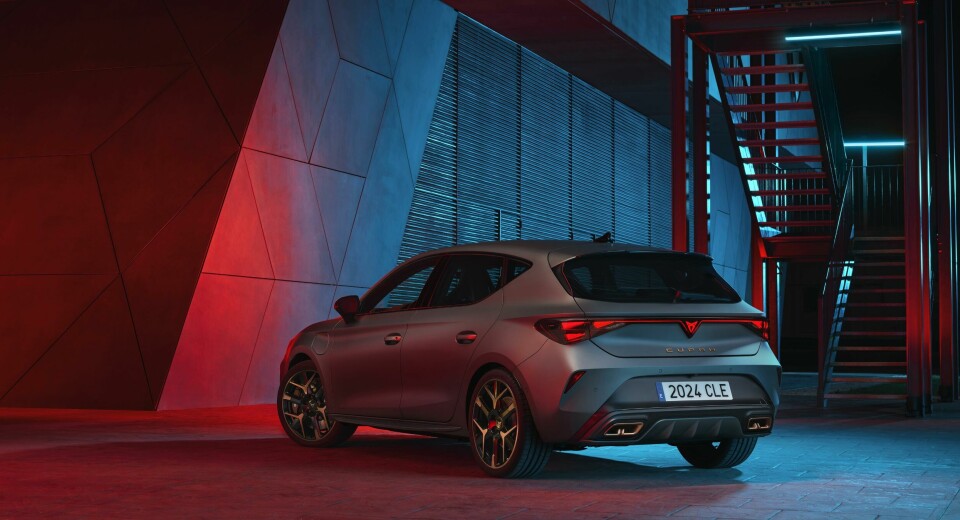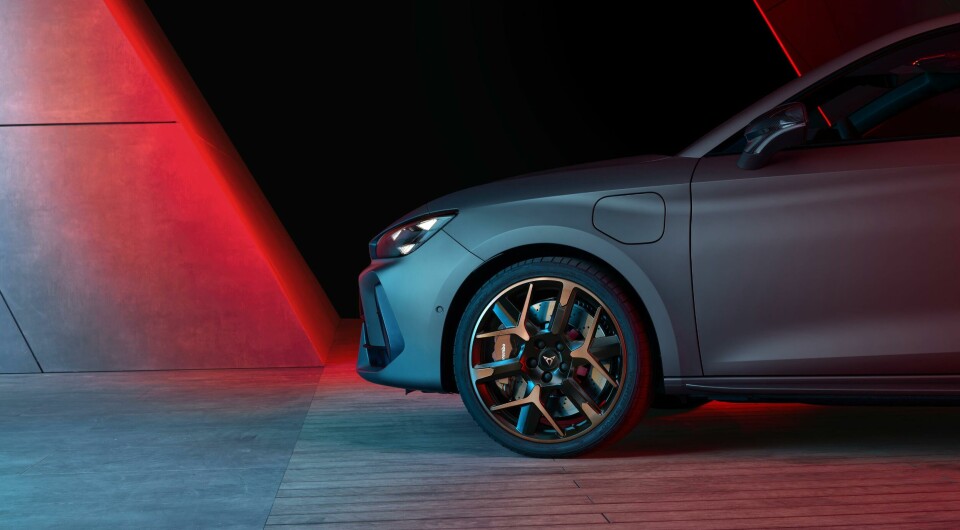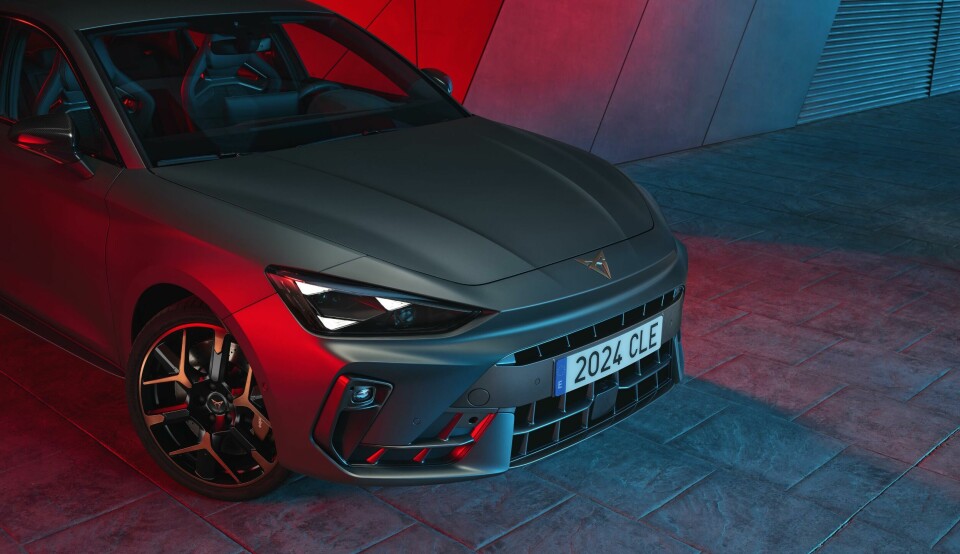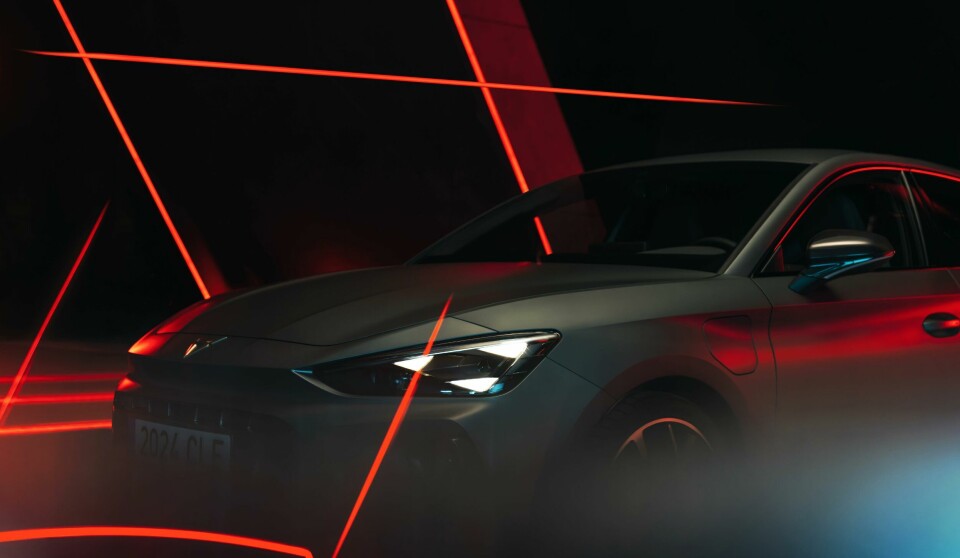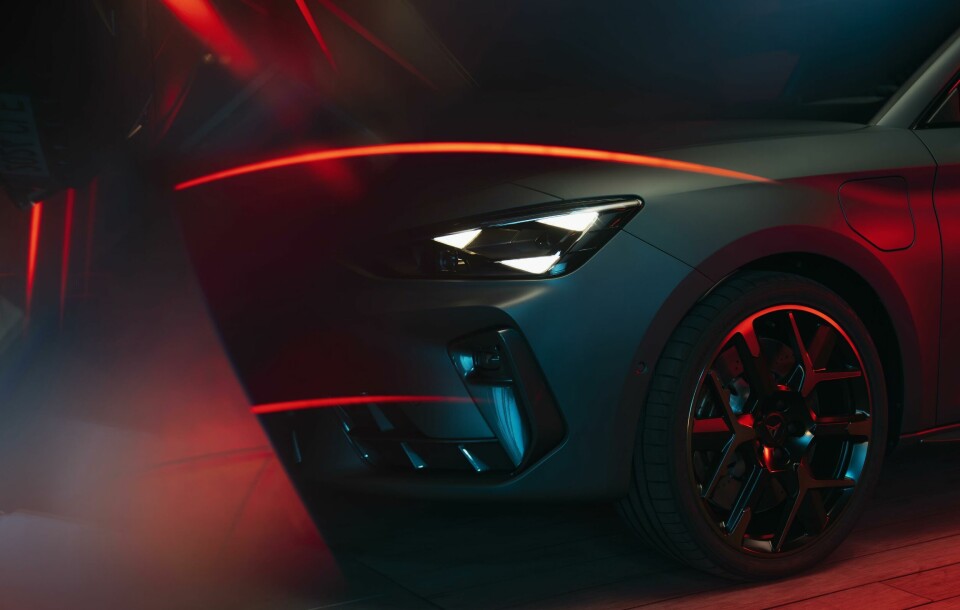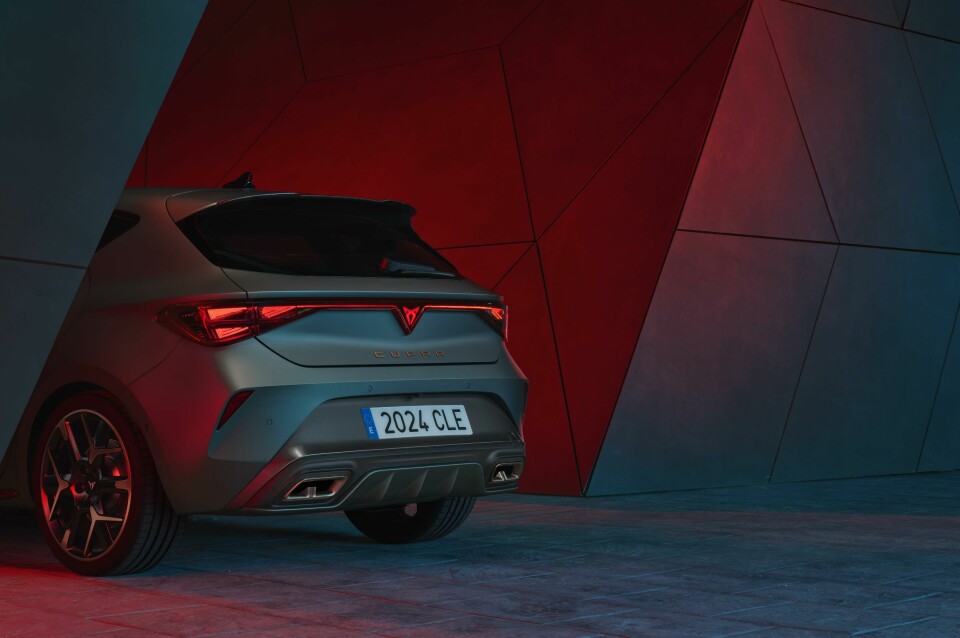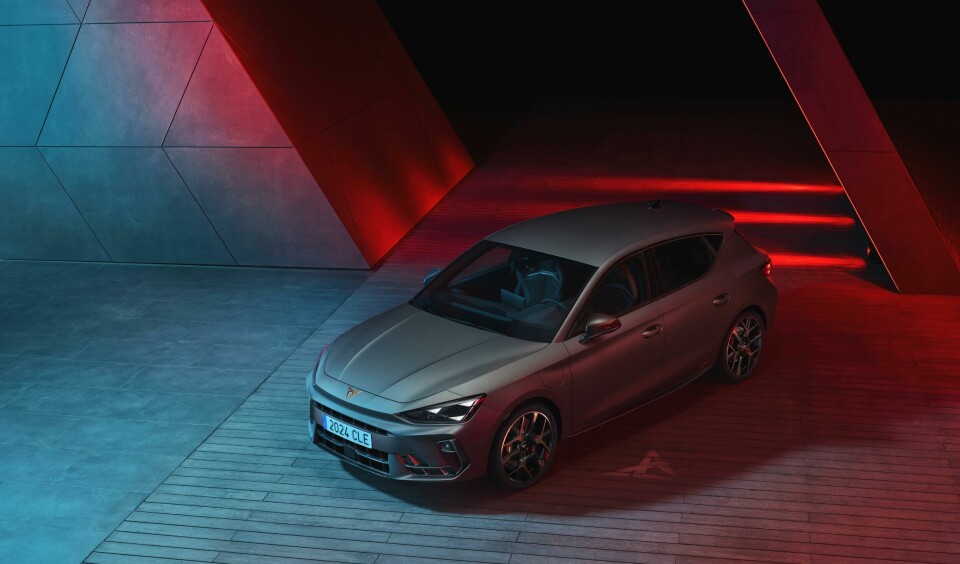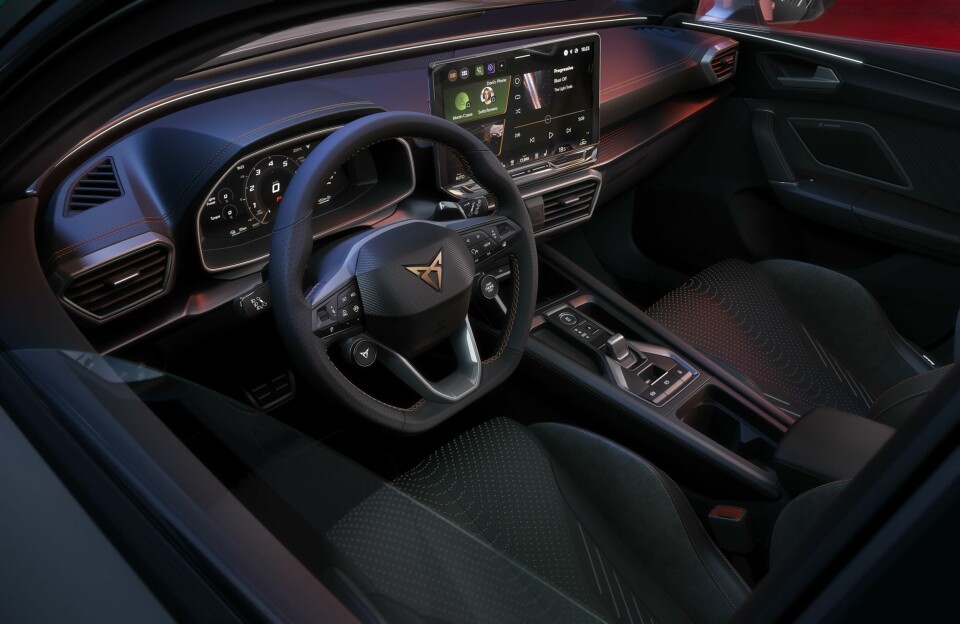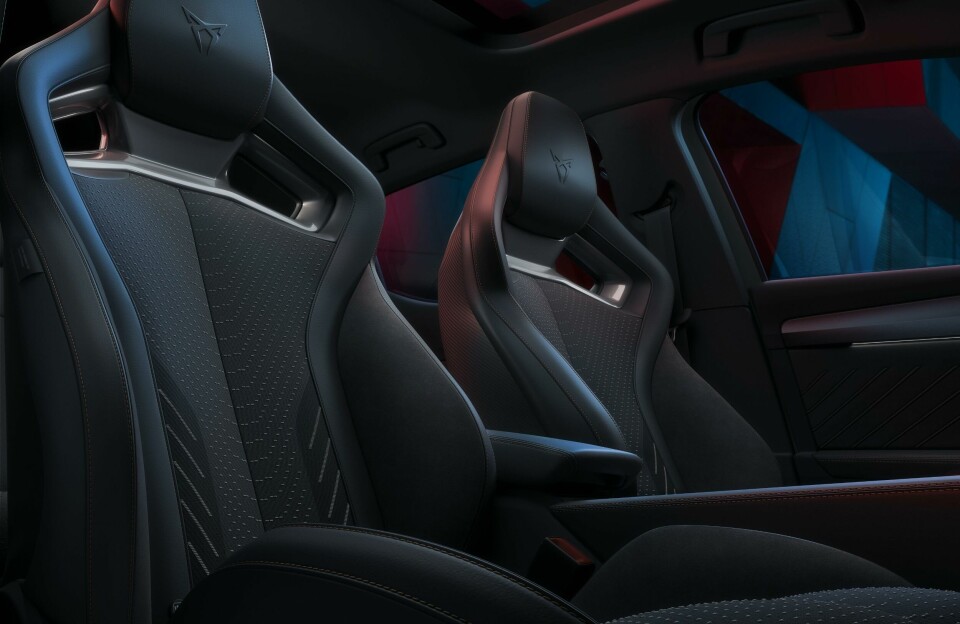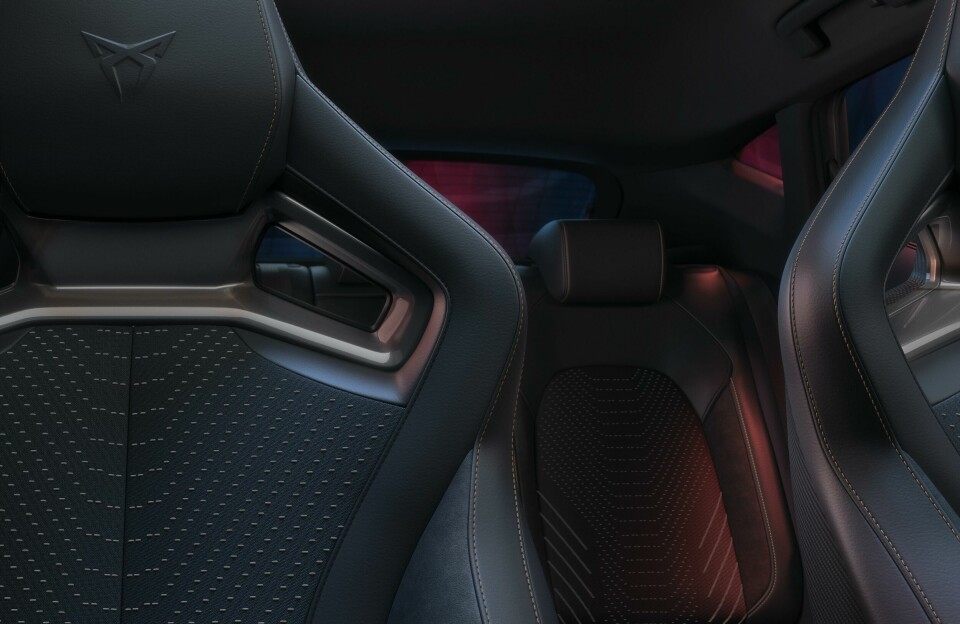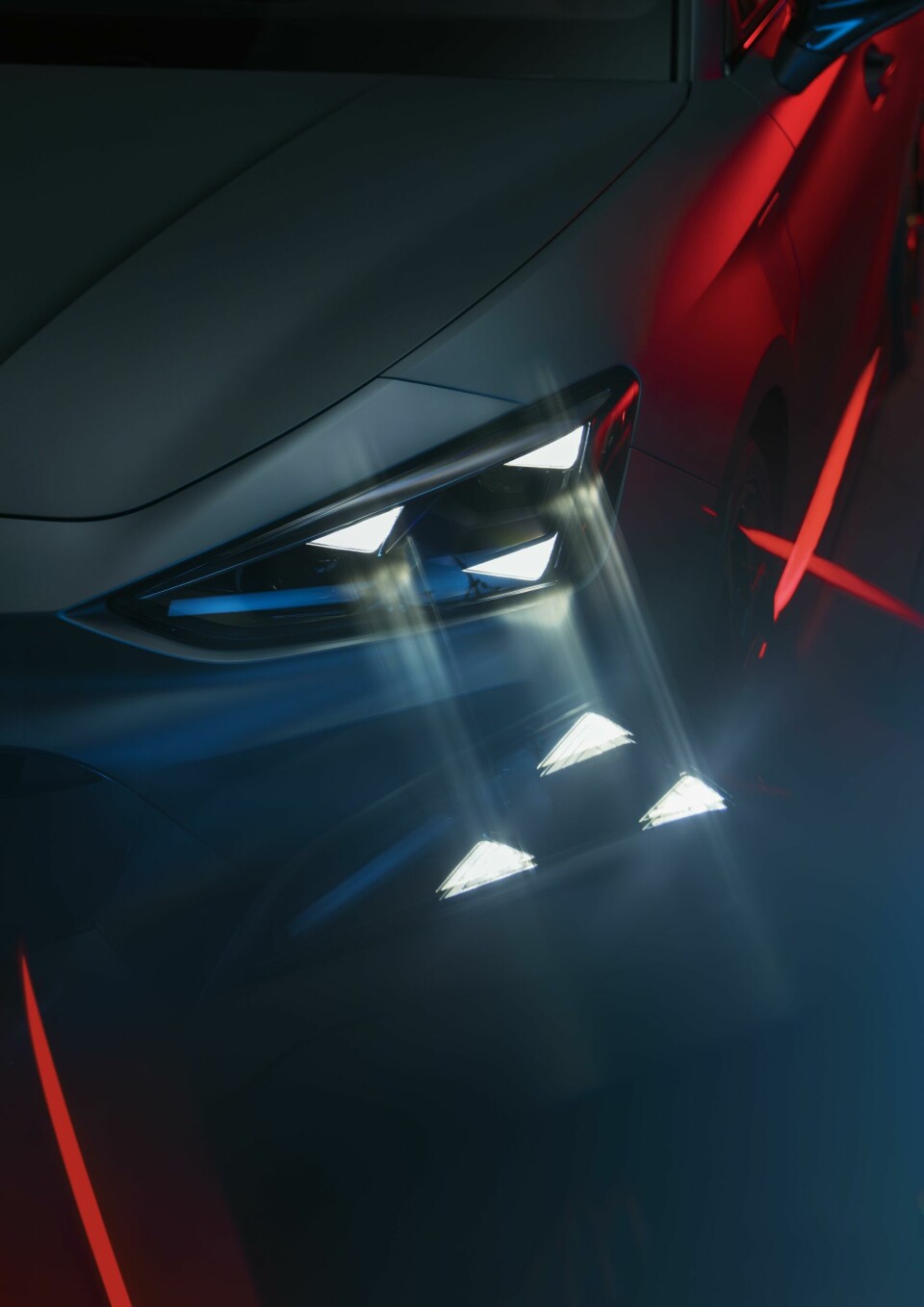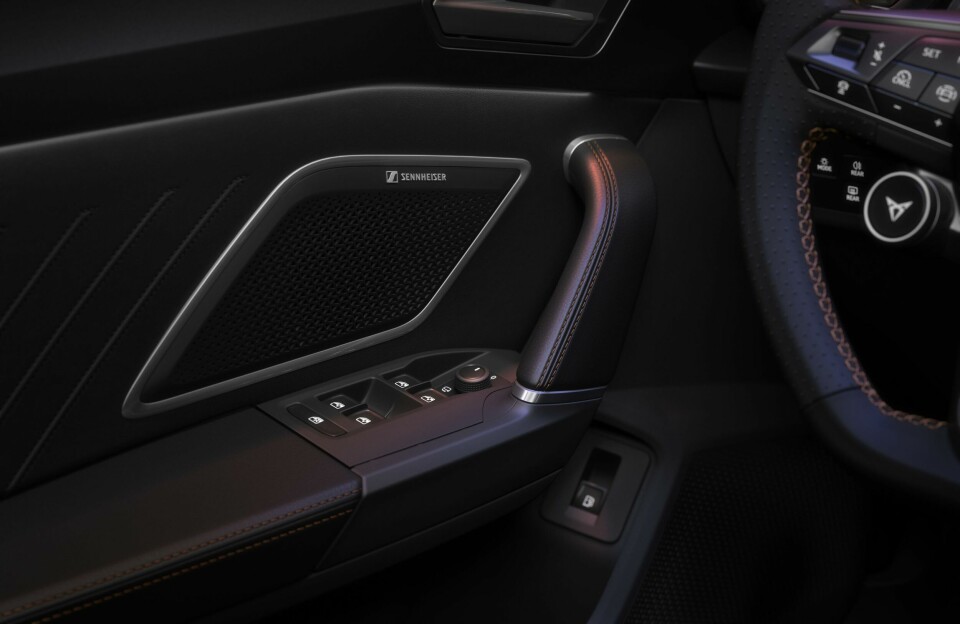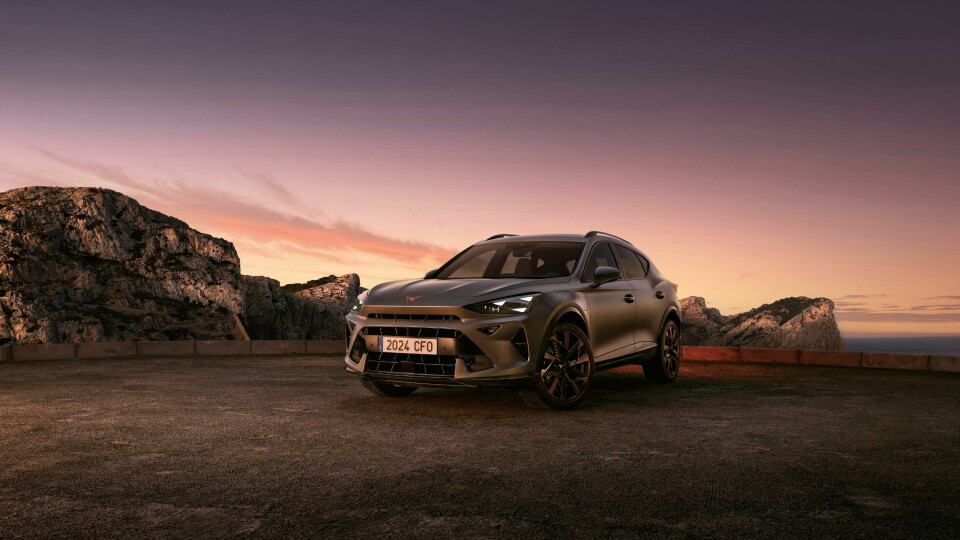
“Our inspiration is in people and the character they have”
Cupra used the reveal of its new Leon and Formentor models in Madrid to underline its commitment to a new design language distinct from the ‘performance Seat’ look. The brand also unveiled bespoke design studio Cupra Design
Cupra has come a long way from the days when it just made performance versions of Seat models. Its CEO, Wayne Griffiths, joined up with what he calls a small band of believers six years ago to radically transform it into a brand in its own right.
At the Cupra Design Night in Madrid, Griffiths said that the challenge was that: “if it seems familiar, start again. If it looks like everyone’s going to like it, then we’re probably doing it wrong.”
It’s an unusual mission statement for a car brand, or for any brand, but one that has seen the automaker undergo a dramatic transformation. A crucial element of that has been design, so much so that Griffiths describes Cupra as being “design driven.”
The event in Madrid was all about showcasing what Cupra calls its “Design Obsession” and it did so with the reveal of the refreshed Leon and Formentor in the architecturally impressive Palacio de Cibeles. Initially it all seemed a bit over the top for a simple model refresh, but they are more than just updates.
They represent probably the most significant development in Cupra’s design history. For the first time, these two models have broken away almost entirely from the shared design elements with sister brand, Seat.
This introduction of the new design language is being led by Jorge Diez, Cupra’s chief of design. Chatting to CDN, Diez and the head of colour and trim, Francesca Sangelli, are enormously proud of what this moment means, not just for the brand but for its customers and how they react to the design.
“The most important thing is what the people feel,” says Diez. “We are not a premium brand, we don’t want to be, but somehow there is this connection with the people. Our inspiration is in people and the character they have.”
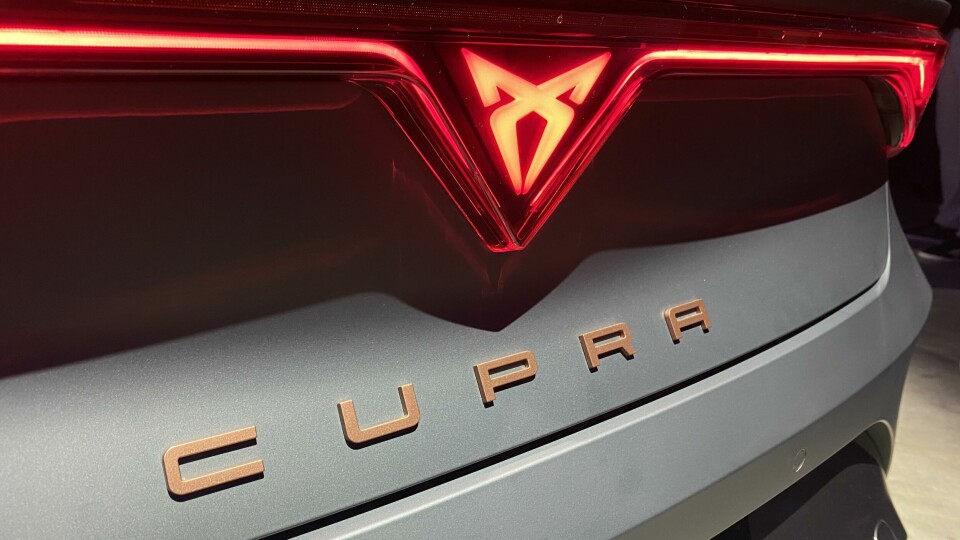
To create that emotional connection, Diez and the team have given the new Formentor the shark nose that first appeared on the electric Cupra Born. It’s part of a complete redesign of the DRG with a hood profile that is now much higher. The grille has transformed into a representation of shark teeth and the new daytime running lights replicate the triangular shapes of the lower mask, together with a new welcome signature.
“When they illuminate, you have a ceremony because we want to humanise the lights,” says Diez. “So, when they turn on they open from inside to outside, like opening the eyes.”
“We don’t want the interior to be super chromatic with a strong contrast of colours,” she says. “We want to give it sophistication and uniformity and what should stand out is the structure of the graphic”
There are new wheel designs, but the side profile remains almost the same with the perception of additional width and the characteristics of human muscles.
“We have these sharp lines but then we don’t follow the usual logical approach,” says Diez. “We play with surfaces and treat them more like the muscles of a human.”
There’s more evidence of the new Cupra DNA at the rear and again a human element. Diez describes the logo as a heart, one that lights up first before the red light emanates across the width of the tailgate. New three-dimensional tail lamps feature the illuminated name of the vehicle. It’s a design feature that is also seen on the new Leon and avoids model names cluttering up symmetrical design at the rear.
Inside there is a new 12.9-inch infotainment screen with, wait for it, illuminated sliders, apparently in response to customer feedback. The main structures and many of the surfaces of the IP remain the same but there are some key differences that introduce the new design DNA. The centre console has been redesigned with a focus on perceived quality.
Then there is a new 3D parametric pattern on the upper IP that links to some of the exterior styling elements.
“It is like the surface starts bigger and then gets smaller, the graphics adapting to the surface to give this feeling that it is not flat,” says Francesca Sangalli, head of colour and trim at Cupra. “Everything is very graphic and textural.”
Our ambition with Cupra Design is to become a disrupter for those who want bold, unconventional designs no matter what that product or project is
That is even more the case with the new seats, which feature three different materials. Dinamica provides the material for the outer elements of the seats, but the inner panels are a new material created by Francesca and her team. It has the feel of neoprene and is made from recycled plastic bottles, part of Cupra’s focus on circularity. Within the material are micro-filaments, which provide a sense of both visual and physical. Designed by Sangalli and her team, it’s difficult to describe or portray accurately in images, but take my word for it, it’s very cool.
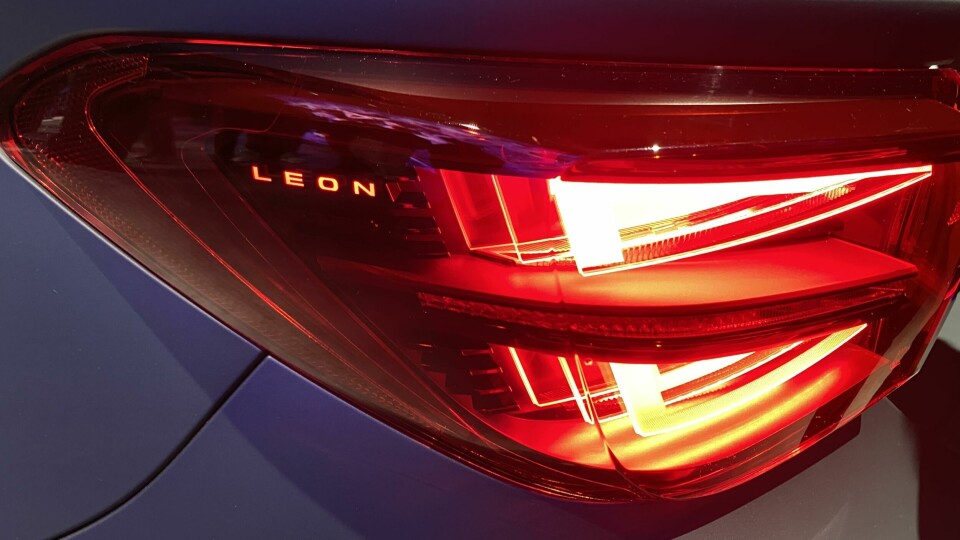
So too is the subtle approach to colours. There are copper highlights to key details, but Sangalli didn’t want the colours to detract from the interior graphics.
“We don’t want the interior to be super chromatic with a strong contrast of colours,” she says. “We want to give it sophistication and uniformity and what should stand out is the structure of the graphic. It is a statement even on the outside where the colour is always neutral with a twist, focused very much on the finished effect.”
Cupra Leon
Then there is the Leon, available in hatchback or Sports Tourer estate, the latter set to get a new 333hp petrol engine for its flagship. We mention that in passing and while we are at it, both the Leon and Formentor are only available as plug-in hybrid models.
Design-wise the Leon also says goodbye to the Seat look. Instead it adopts the shark nose styling and teeth treatment for the grille to bring it more in line with the Formentor and the 2025 Raval, the production version of the Urban Rebel BEV concept that attracted so much attention.
It wasn’t just about these two models on the night though. Madrid’s Palacio de Cibeles was the architecturally impressive venue for the launch of Cupra Design, its own consultancy division which will work with anyone from jewellery and lighting companies to corporate designers and architects.
“Cupra Design will not only be responsible for all our brands’ merchandise and cooperation projects, but it will also work with companies who want to connect with our philosophy and want to incorporate our style into their own brand,” says Griffiths. “Our ambition with Cupra Design is to become a disrupter for those who want bold, unconventional designs no matter what that product or project is. Not everyone will like what we do, but I know some will love it and that’s the way it has always been.”
Could we see Cupra Suites in upmarket apartment blocks in Barcelona? It was ruled out by executives, but it seems to be working for Aston Martin and Bentley, so who knows.
What seemed like the launch of a minor facelift, turned out to be a significant turning point for Cupra. The introduction of its new design language marks a further separation from Seat. It also showcases a brand focused on using design to shape its future.
